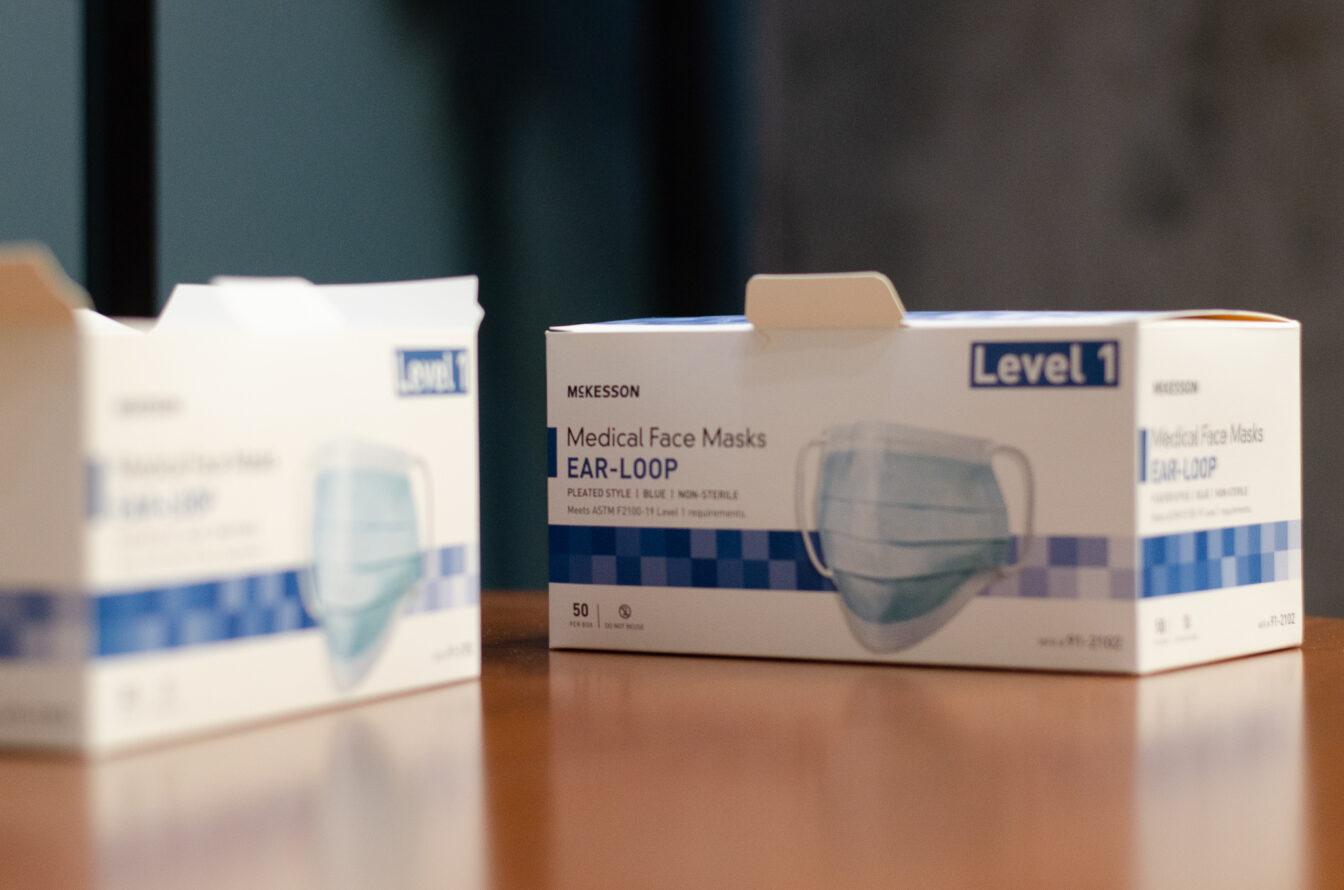Researchers at the University of Wisconsin have recently discovered a new way to successfully treat cervical cancer without using radiation or chemotherapy.
UW oncology professor Paul Lambert said human papillomavirus is a sexually transmitted disease that is associated with 99.7 percent of cervical cancer. He said papillomariviruses that cause cervical cancer can also cause anal and neck cancers, as well as others.
Lambert said he and his team of researchers concluded there are cancer-causing proteins, called E6 and E7, that are expressed in the HPV virus. He said they found that E7 is more dominant after testing genetically engineered mice. He said the researchers learned the E7 protein causes the mice to develop cervical cancer, and that the researchers also found they could control it.
“We regulated E7 and we learned if we turn E7 off, we see the pre-cancers and cancers melt away,” Lambert said.
According to a UW statement, this study is the first to show that the E7 protein works to treat cervical cancer in living animals, as well as pre-cancerous growths.
Even though this study was done on mice, scientists inferred E7 would have the same affect on women, Lambert said. He added the lab’s data suggests that if you turn the E7 gene back on, the cancer will come back, which causes concern that the cervical cancer will return shortly after it is eliminated.
Lambert said the researchers performed an experiment where they stopped the expression of E7 on the mice for a month and that it successfully prevented the return of the cancer. He said continually treating women with the protein after the cancer is gone is one solution to that problem.
He added scientists are not sure what would happen if E7 was turned off for more than one month.
“We don’t know the answer to that question and that’s a question we have to try to answer with additional studies. But right now, we don’t know how long we’d have to turn off the E7 expression to completely get rid of the cancer,” Lambert said.
According to Lambert, the drug that turns off the E7 expression in the mice is not the same one doctors would use on women, but drugs are currently being tested to treat women with cervical cancer. He said the study is in the planning phases and will take around a year to complete.
Lambert said women who find pre-cancerous growths currently undergo a surgical procedure that strips the cervix from the top layer of cells, which normally eliminates the possibility of cancer development. He said if a woman has the cancer, she could have to remove her cervix and must get treated with radiation and chemotherapy.
“If the E7 therapy works with women, you wouldn’t have to give them chemotherapy or radiation,” Lambert said. “The tumor becomes smaller and smaller and if we learn in the mouse we can get rid of the cancer all together, they wouldn’t even need surgery.”
He added experiments are being done to see if controlling the E7 protein can also help with treatment for anal, head and neck cancers.
Lambert said cervical cancers affect between 5,000 to 7,000 women per year in the U.S. and it is the second or third leading cause of cancer deaths in women worldwide.













